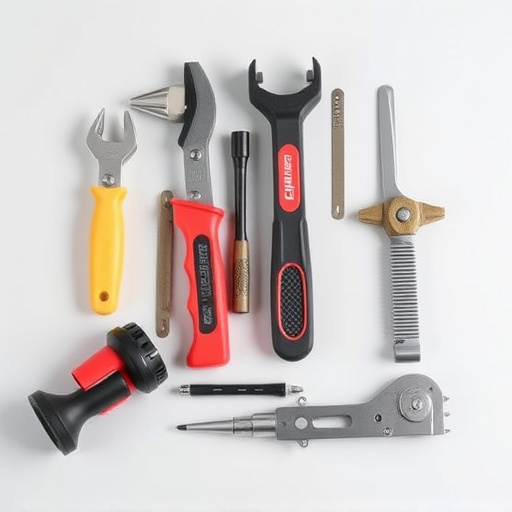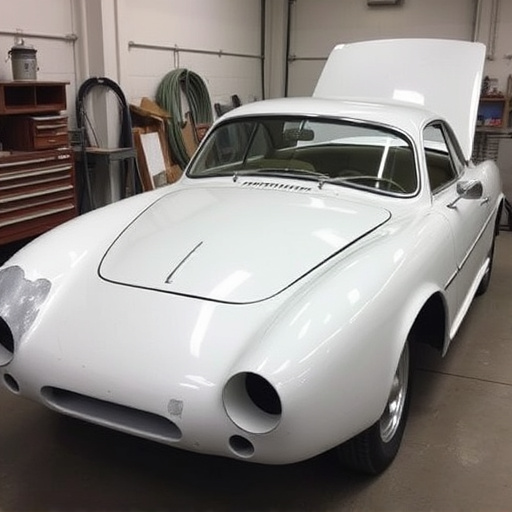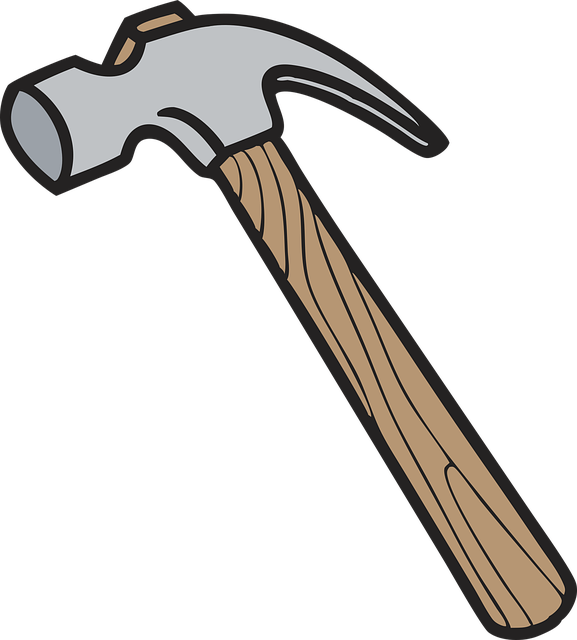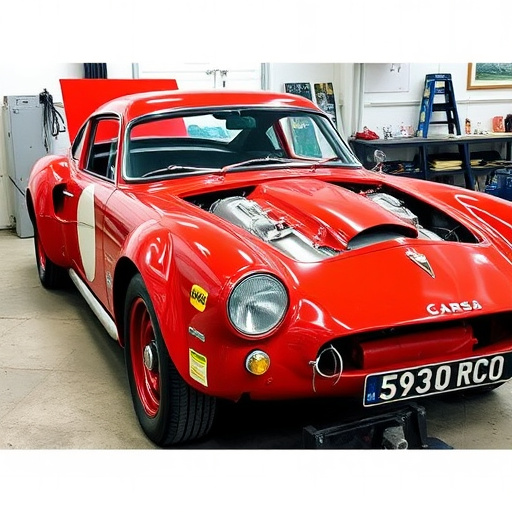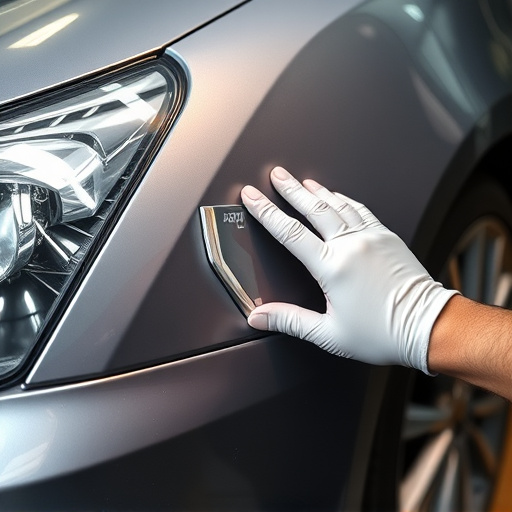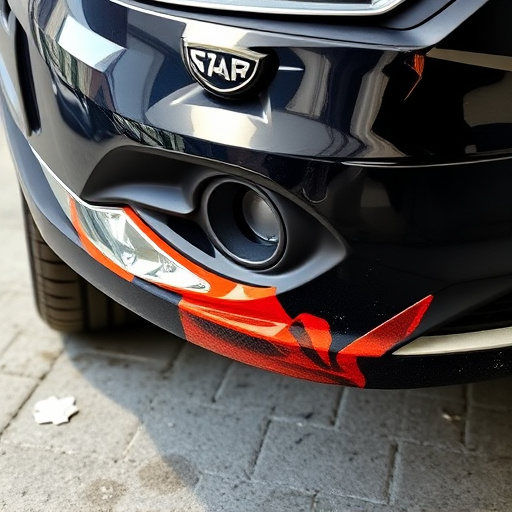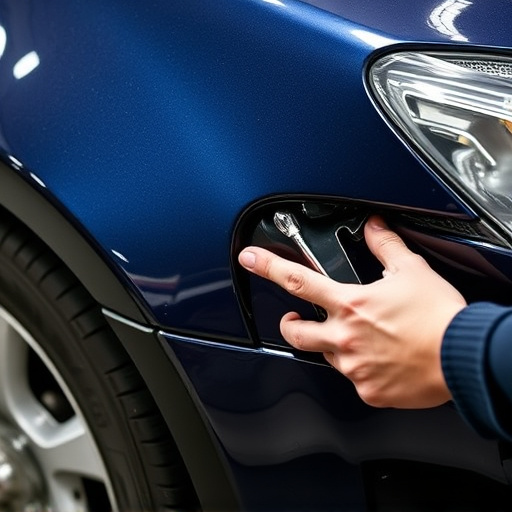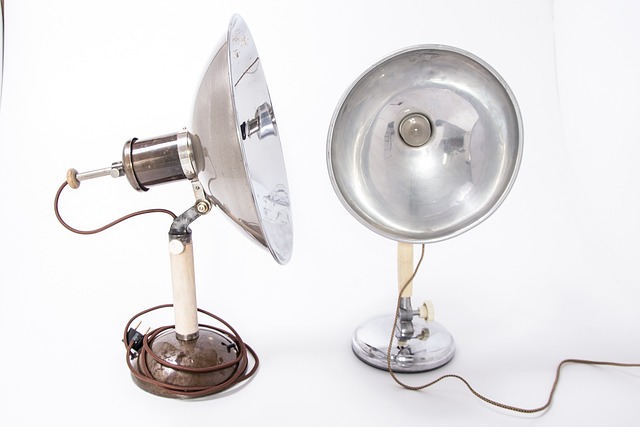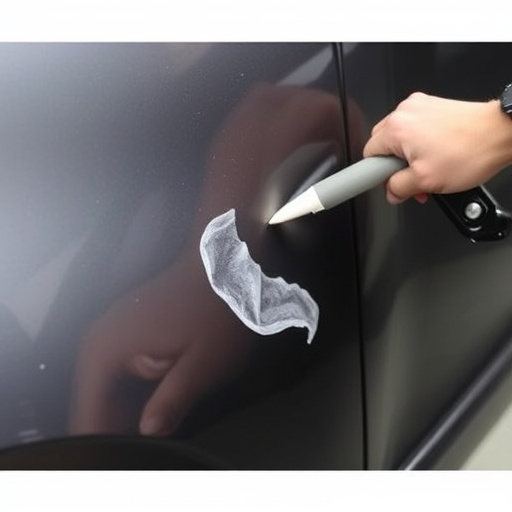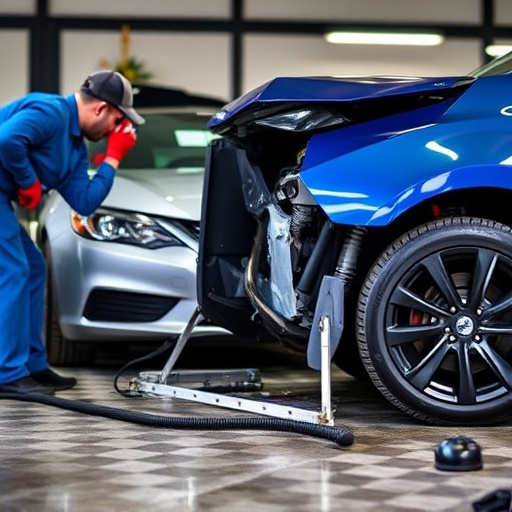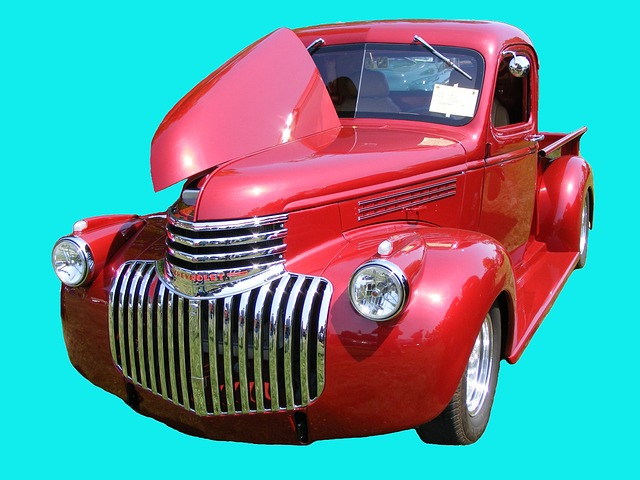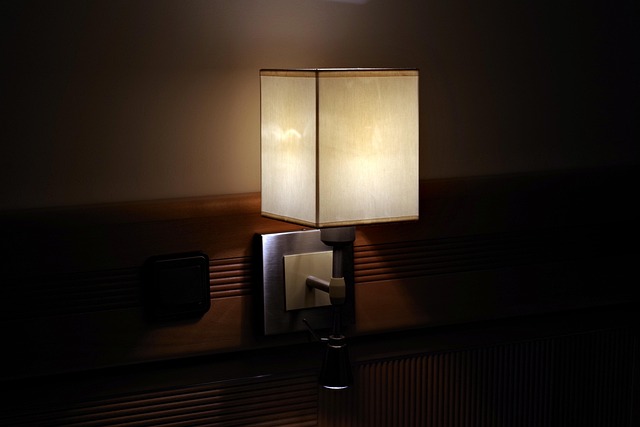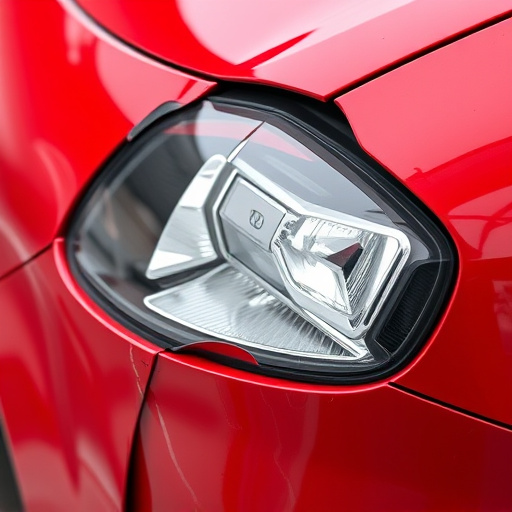Metal reshaping PDR (Paintless Dent Repair) is an automotive technique restoring bodywork without painting. Technicians use advanced tools to manipulate metal, removing dents and scratches through plastic deformation. This method is swift, cost-effective, eco-friendly, and ideal for minor damages, preserving the car's original finish and value. Success is measured by KPIs like depth/size of removed dents and final finish quality. Visual inspections under various lighting, along with specialized tools, ensure precise manipulation without damaging surrounding paintwork, maintaining high repair standards.
Evaluating the outcomes of Paint Damage Repair (PDR) using Metal Reshaping techniques is crucial for achieving optimal vehicle restoration. This article guides you through a comprehensive evaluation process, starting with an understanding of advanced PDR methods that reshape metal, ensuring structural integrity and aesthetic appeal. We’ll explore key performance indicators (KPIs) to measure success, emphasizing the importance of visual inspection and quality assurance for long-lasting repairs. Learn how these steps ensure top-tier results in metal reshaping PDR.
- Understanding Metal Reshaping PDR Techniques
- Measuring Success: Key Performance Indicators
- Visual Inspection and Quality Assurance
Understanding Metal Reshaping PDR Techniques
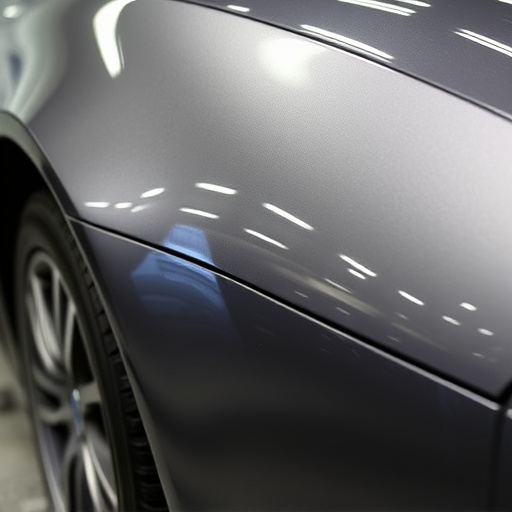
Metal reshaping PDR (Paintless Dent Repair) is a specialized technique within the automotive repair industry that focuses on restoring vehicle bodywork to its original condition without the need for traditional painting methods. This process involves using highly skilled technicians and advanced tools to gently manipulate the metal, effectively removing dents, scratches, and other surface imperfections. The key lies in understanding the art of plastic deformation, where the metal is carefully adjusted back to its original shape, preserving its structural integrity.
By employing PDR techniques, auto repair near me professionals can offer a swift and cost-effective solution for various vehicle bodywork issues. It’s particularly beneficial for minor damages, making it an eco-friendly and time-saving alternative to conventional paint jobs. With the right expertise, metal reshaping PDR ensures that cars look as good as new, maintaining their original finish and value. This non-invasive approach has gained popularity in the automotive sector due to its ability to restore aesthetics without extensive work, catering to both personal and commercial vehicle bodywork needs.
Measuring Success: Key Performance Indicators
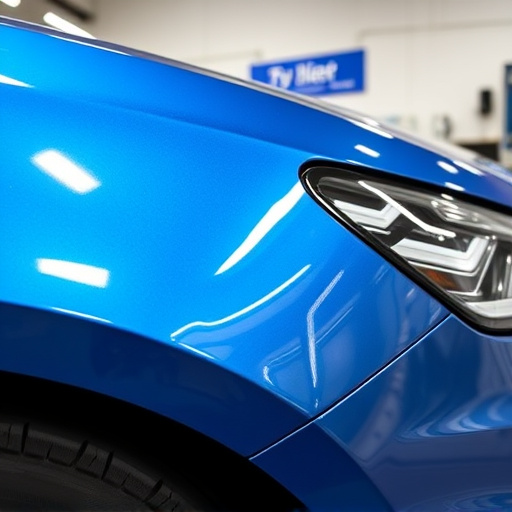
Evaluating the success of metal reshaping PDR (paintless dent repair) work involves understanding key performance indicators (KPIs). These metrics are crucial for assessing the effectiveness of the process and ensuring customer satisfaction with car damage repair and subsequent car body restoration. The primary KPI is achieving a seamless, virtually invisible repair that restores the vehicle’s original aesthetics. This includes measuring the depth and size of dents removed, as well as the quality of the final finish.
Additionally, the efficiency of the metal reshaping process should be considered, tracking factors such as time taken to complete repairs and the number of dents successfully treated per session. High-quality PDR work not only fixes car body damage but also preserves the vehicle’s value through minimal scraping, scratching, or painting, making it a preferred method for many in the automotive industry.
Visual Inspection and Quality Assurance
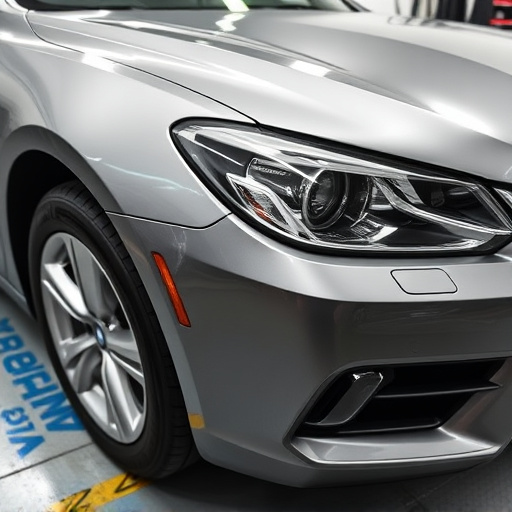
After completing metal reshaping PDR (Paintless Dent Repair) work, a thorough visual inspection is paramount to evaluating results. This involves a meticulous examination of the affected area under various lighting conditions to identify any remaining dents, scratches, or discoloration. Trained technicians will look for subtle imperfections that may not be immediately apparent, ensuring the surface is as smooth and seamless as possible. Visual assessment is a critical step in quality assurance for car paint services and auto body repair, providing an objective gauge of the work’s success before moving forward with additional treatments if needed.
During this process, the use of specialized tools and equipment designed for metal reshaping PDR plays a pivotal role. These tools allow technicians to manipulate and realign dented panels without damaging the surrounding paintwork or surface finishes. Regular quality assurance checks throughout the repair process help maintain high standards and ensure customer satisfaction with bumper repair outcomes, ultimately contributing to a professional and satisfying auto body repair experience.
Evaluating the results of metal reshaping PDR (Paintless Dent Repair) work requires a multifaceted approach. By understanding the techniques, leveraging key performance indicators, and conducting thorough visual inspections, professionals can ensure top-quality outcomes. These methods not only restore vehicles to their original condition but also maintain the integrity and aesthetics of the paintwork, making metal reshaping PDR an effective solution for dent repair.
